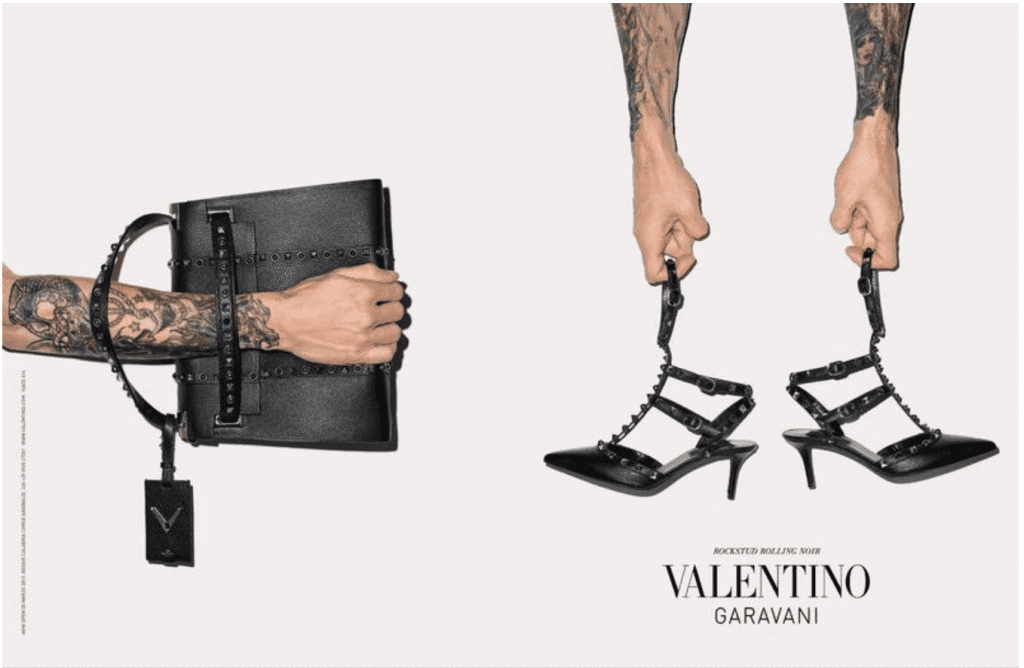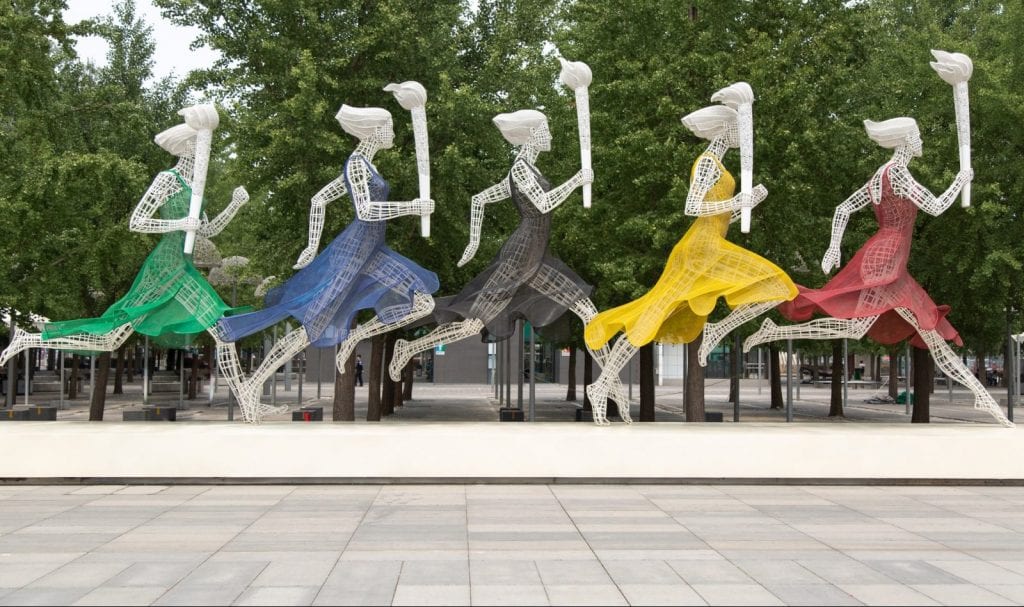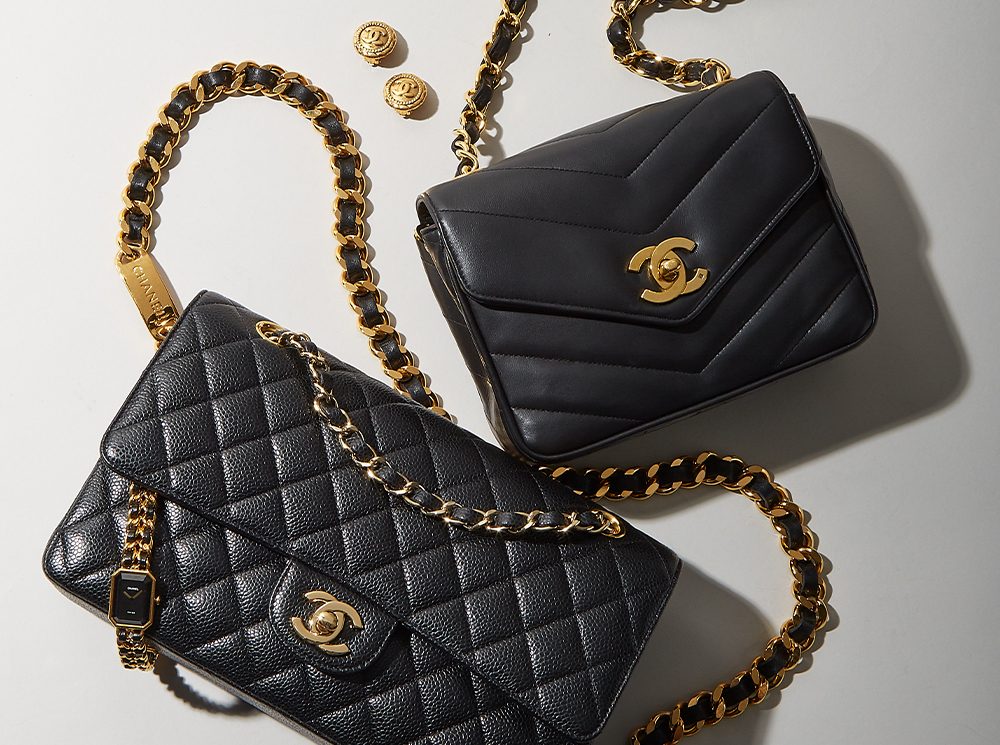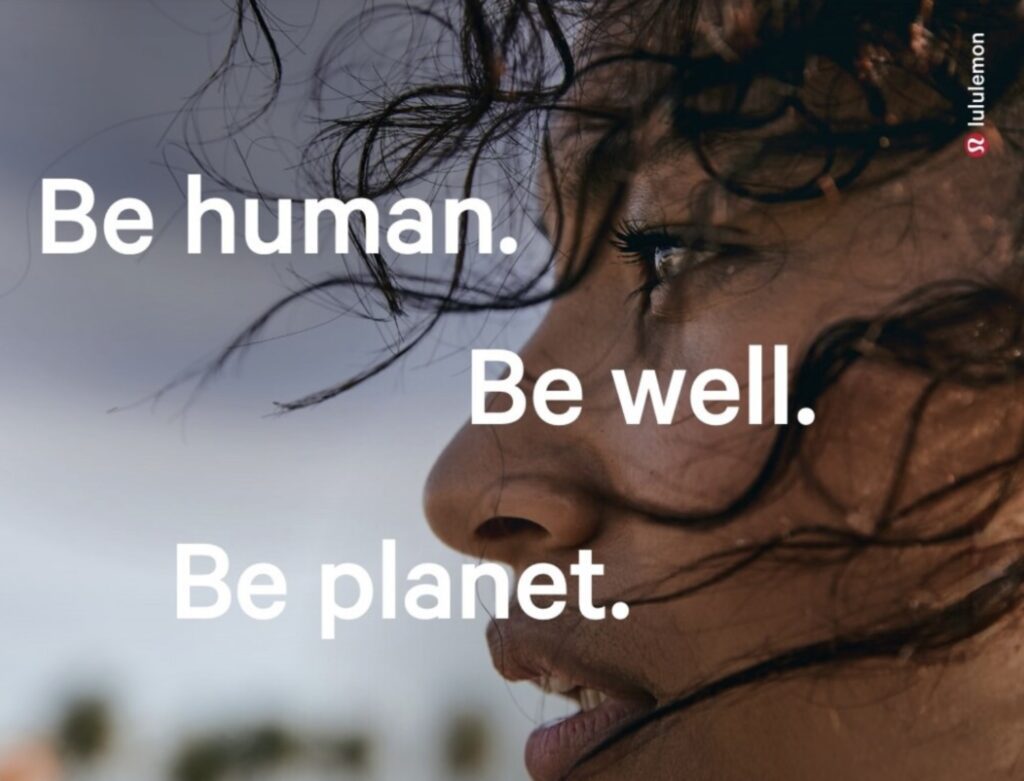Sexual harassment and mistreatment of models has “always been widely known and tolerated in the fashion industry,” according to Christy Turlington. “The industry is surrounded by predators, who thrive on the constant rejection and loneliness so many of us [models] have experienced at some point in our careers. I feel fortunate that I did not personally experience anything traumatic, but also know that is not the norm,” the iconic supermodel told Women’s Wear Daily in an interview published Wednesday.
The model said her mother was often by her side in the early days (not unlike how Cindy Crawford was spotted alongside 16-year old daughter Kaia Gerber during her debut season, which wrapped earlier this month in Paris). Once she become wildly successful alongside the likes of Cindy Crawford, Naomi Campbell, Linda Evangelista, Claudia Schiffer, and Helena Christensen, among others, Turlington says, “I was handled with extra care.”
Will Fashion Follow?
While Hollywood is busy making moves to out some of the most egregious predators in its ranks after the New York Times published an expose on film executive Harvey Weinstein and his alleged 30 years of sexually harassing and assaulting actresses, the fashion industry is certainly talking – but will likely be much slower to come around.
How do we know? Well, look at Terry Richardson, the famous fashion industry photographer, who came under fire in 2010 – again in 2013 – and still yet, in 2014, for allegedly sexually harassing models.
In 2013, the New York Post published a lengthy exposé on Richardson, entitled, “Exposing Terry Richardson, Fashion’s Favorite ‘Pervert.’” Writing for the Post noted, Maureen Callahan stated, Richardson “is notorious for years-long, rampant reports of sexually exploiting and abusing his models.”
Callahan outlined quite a bit of the not-so-favorable reports Richardson has faced over the years, which range from sexual harassment claims from amateur models to those of Bruce Willis’ and Demi Moore’s daughter Scout, who tweeted in November 2012, “Last night Terry Richardson tried to finger me. I didn’t let him, obviously. But I did let him photograph me topless in the bathroom.” (Willis later claimed the tweets were fictitious and “done for a school project.”)
Model Rie Rasmussen was one of the first industry figures to publicly accuse Richardson of sexually harassing young girls. Then “Coco Rocha said she had worked with Richardson once, and was so uncomfortable, she told her agents never again.” Rocha’s claims were followed up by those of Jamie Peck, who – in a 2010 blog post – said she had worked with Richardson when she was 19.
The Post went on the detail additional allegations from models, and ultimately summed “up the mind-boggling aspect of this situation. Very few people will speak on the record about Richardson, and despite knowing ‘full well Richardson’s predatory behavior, [he’s] tolerated,’ even welcomed, by the vast majority of the industry.”
As Peck put it, “Richardson’s fame and industry clout might make models hesitant to speak those words lest they be perceived as some kind of anti-fun crusaders and blacklisted accordingly.”
Writing for Jezebel in 2010, former model and journalist, Jenna Sauers, stated: “Richardson’s immense power within the industry, his long-standing relationships with both influential magazines like Vogue, Harper’s Bazaar, and Vogue Paris, and commercial clients like Miu Miu, Gucci, and Sisley, makes it difficult for most working models to openly criticize him.”
Hardly “the End” for Richardson
As Salon accurately stated in an article of its own in April 2014, entitled, “Is This The End of Terry Richardson?,” despite at least a couple of rounds of floods of sexual harassment allegations, “Richardson has continued to work seemingly nonstop – doing high-profile, sexually suggestive shoots with big stars in spite of these repeated and frankly gross claims about his behavior toward considerably less experienced and powerful individuals.”
Around this time, Equinox ended its on-going collaboration with Richardson. It’s explanation? “A natural point has now come to explore a fresh direction.” Vogue said that it has no plans to work with Richardson. H&M cut him off in October 2013, tweeting: “If these accusations are true, it’s totally unacceptable to us. Currently we’re not working with Terry Richardson.”
But not everyone was on-board the anti-Terry train. Harper’s Bazaar, which had a pending contract with Richardson at the time, enlisted him to shoot its covers through December 2015, per models.com. As of early 2014 (and in some cases through 2016), once most brands had opted to drop him, YSL Beauty, Carolina Herrera, Zadig & Voltaire, Estee Lauder, Diesel, and Aldo, among others, continued to put out Terry Richardson-lensed ad campaigns.
Yes, despite the early rounds of allegations against Richardson, no shortage of superstars – in the worlds of fashion, music, Hollywood, etc. – continued to enlist the services of Richardson or agreed to work with him for magazine shoots. As Slate noted in December 2013, despite the latest flurry of allegations, “Miley Cyrus’ ‘Wrecking Ball,’ Beyoncé’s ‘XO,’ and the forthcoming R. Kelly–Lady Gaga duet, ‘Do What U Want,'” all count Richardson as a creative force.
Fast forward to 2017, and Richardson is still represented by leading artists’ management and creative content agency, Art Partner; he is still on BoF’s 500 list of “definitive professionals shaping the fashion industry.” And in 2017 alone, he has shot ad campaigns for Valentino and Bulgari, and editorials for Interview, Vogue Paris, Vogue China, CR Fashion Book, WSJ Magazine, W Magazine, Document, Vanity Fair France, various intentional editions of GQ, and Purple, amongst others, per models.com.
With this in mind, Salon summed it up well: “The message from the fashion industry for years” in regards to Richardson? “A tacit ‘Who cares?'”
While Richardson has denied all of the allegations lodged against him over the years (and no criminal complaints have been filed, which has almost certainly had a hand in prolonging his career (more about that here)), at one point penning a lengthy blog post to address them, it is worth noting that he has never sued any of the publications for defamation.
An Imbalance of Power
There is an undeniable balance of power issue in Hollywood – even major actresses have spoken out about fearing for their careers in connection with speaking out against Weinstein. Yet, the fashion industry might suffer from an even more extreme rendition, thereby helping to explain why abuses have become standard practice for decades.
In Hollywood, actresses are huge stars with sizable paychecks and significant followings (and nonetheless, still face pushback and additional abuses when voicing harassment), and yet, can still be passed over for roles and in theory, replaced by another actress with similar features and over a similar age. In fashion, this is even more common, as most models – save for the tiny establishment of Cindy’s, Naomi’s, Kendall’s and Gigi’s – are viewed as truly replaceable, interchangeable, even. This makes it so that if one were to speak out, she is more likely to be “blacklisted,” as Peck put it, than to be taken seriously.
This is the unfortunate reality for the vast majority of sexual assault victims and it is likely only heightened in fashion, an industry that thrives in many ways on its ability to turn the other cheek and exist in silence. (Don’t believe me? Consider the industry’s widespread use of non-disclosure agreements and threats of litigation).
If we, as an industry, were to begin really examining the problems associated with fashion – whether it be the treatment of garment workers or the well-being of models, etc. – it might (read: it will) get ugly. For those whose businesses rely on the smoke and mirrors that is the fashion industry (and I mean those much further up the totem pole than Terry Richardson) and the advertising dollars that might be tied to such unearthed ugliness, such an uprising is deeply dangerous for their bottom lines and the viability of their businesses.
Nonetheless, the bravery that is being displayed by the likes of Asia Argento, Rose McGowan and Mira Sorvino, for instance, who were some of the first to publicly speak out about Harvey Weinstein’s abuses, might serve to empower those within the fashion industry not only to speak out (as some have already taken to doing), but maybe more importantly, to actually give weight to these issues and implement real change.
UPDATED (10/24/17): According to the Telegraph, seven years after the first round of allegations against Richardson, Condé Nast International – which owns Vogue, GQ, and W (among other publications – announced in an internal memo on Monday that it will no longer work with Richardson. Staff were reportedly told that any work already commissioned from Mr Richardson but not yet published should be “killed or substituted with other material.”
Richardson’s response? “Terry is disappointed to hear about this email, especially because he has previously addressed these old stories,” according to a statement from the shutterbug’s representative provided to BuzzFeed News. “He is an artist who has been known for his sexually explicit work, so many of his professional interactions with subjects were sexual and explicit in nature, but all of the subjects of his work participated consensually.”
UPDATED (10/24/17): On Tuesday afternoon, a Valentino spokesperson told the Daily Beast, “Valentino’s last campaign with photographer Terry Richardson was shot in July 2017. There are no plans on a future campaign and, of course, [we] take these allegations against Terry Richardson seriously.” (So seriously that Valentino continued to work with Richardson consistently over the past 10 years or so, it seems).
Bulgari, who tapped Richardson to shoot Bella Hadid for its Fall 2017 accessories collection, also told the Daily Beast that it has no plans of working with him again.
While it is absolutely significant that Condé Nast, Bulgari, and now Valentino, will cease working with Richardson, it is difficult not to question the move and the motives behind it. It is difficult not to consider the public relations points that these companies stand to gain (or lose) in connection therewith, as opposed to having to face the question of: Why did it take 7 years to cut off this serial offender?
And does it matter that fashion is finally swearing him off? The Washington Post’s Robin Givhan is not convinced, writing on Tuesday, “In an industry that is overwhelmingly for and about women, fashion still manages to treat women — those that are young and powerless — like crap. It’s not just some narcissistic photographer with a warped definition of “consent” … Fashion denounced Richardson. Finally. Sort of. But frankly, it doesn’t much matter. Such egregious behavior may no longer be cool, but it’s still in fashion.”
And that, my friends, seems to be our answer.
* This article was initially published on October 18, 2017.











